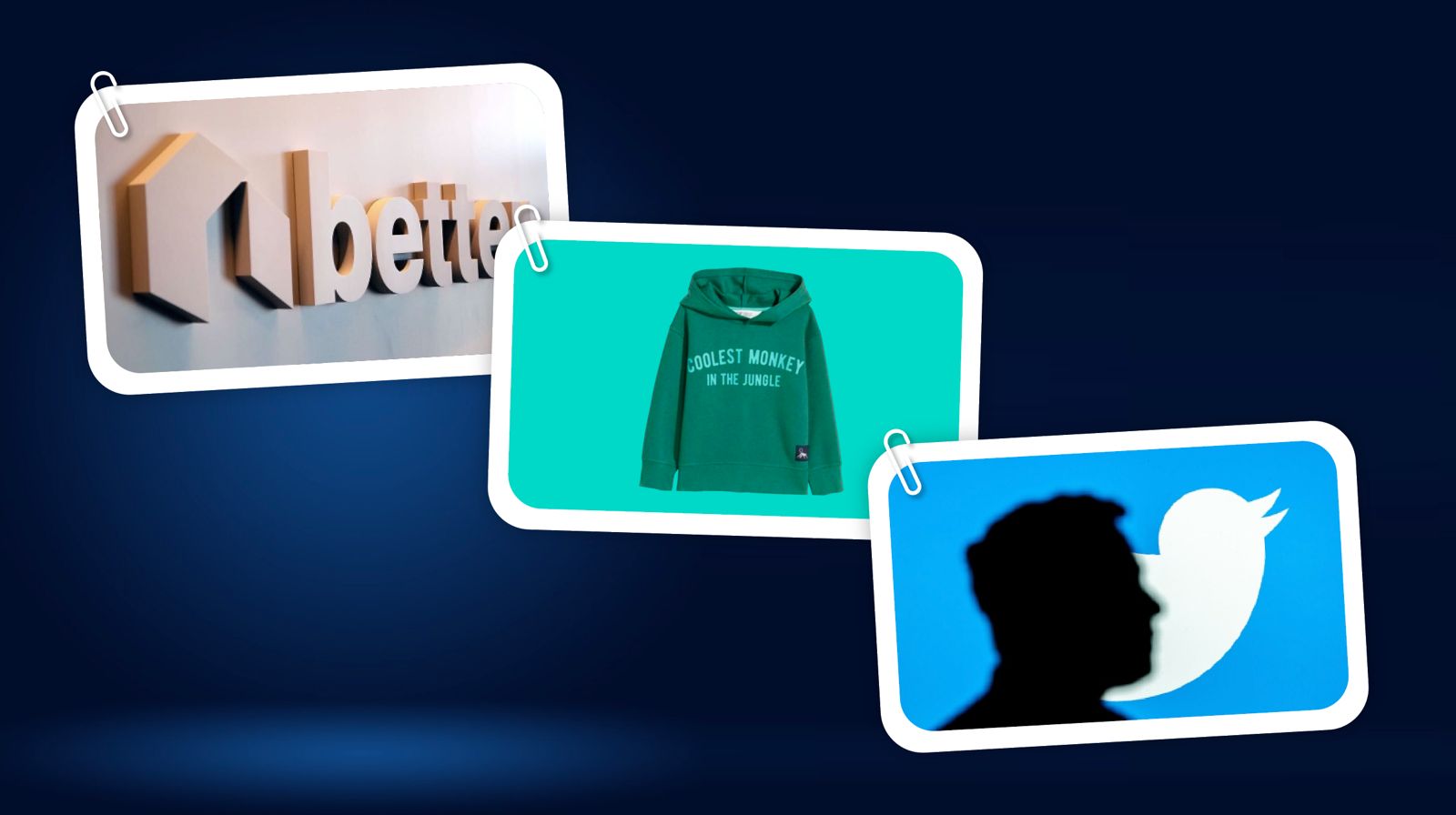Today’s CEOs face an unprecedented landscape. They’re not just managing companies; they’re navigating the perilous intersection of business operations, public perception, and a lightning-fast media cycle. A single misstep can trigger a PR nightmare, jeopardizing brand reputation, employee morale, and the company’s bottom line.
Case Studies from the Real World: Learning from Other People’s Mistakes
As a communications advisor, I constantly evaluate how CEOs handle crisis situations. Here, I delve into three case studies that offer valuable lessons in proactive and ethical leadership:
Case 1: Empathy Deficit at Better.com
What Happened: In December 2021, Vishal Garg, CEO of Better.com, made headlines when he laid off 900 employees over a Zoom call just before the holidays. The heartless method caused outrage, showing how important it is to:
- Showing Compassion in Difficult Times:
Delivering bad news, especially regarding layoffs, requires empathy and sensitivity. Garg’s method exacerbated an already painful situation by appearing detached and unsympathetic. Leaders must acknowledge the human element in these decisions to maintain trust. - Digital Communication with a Human Touch: While Zoom is a convenient tool, a sensitive announcement like layoffs requires careful consideration. A more personal approach could have softened the blow.
- Building Long-Term Reputation: The backlash from this event severely harmed Better.com’s reputation. CEOs must be mindful of how immediate decisions can ripple into long-term brand perceptions, as trust once broken is difficult to rebuild.
Case 2: H&M’s “Coolest Monkey” Controversy (2018)
What Happened: In January 2018, H&M faced a severe PR crisis after a racially insensitive ad featuring a Black child wearing a hoodie with the slogan “Coolest Monkey in the Jungle,” sparking global outrage for its racial insensitivity. CEO Karl-Johan Persson initially responded with a generic apology, but growing protests and calls for boycotts forced H&M to take more concrete steps, including engaging critics and committing to improving diversity practices. This highlights the need to:
- Swift Damage Control: Addressing mistakes swiftly is critical. H&M’s delayed response amplified the backlash. Leaders must address the situation head-on to prevent further reputational damage.
- Offer Genuine Apologies: The Power of Authentic Apologies: Apologies should be sincere and acknowledge the harm caused. H&M’s initial statement lacked genuineness, fueling the fire. Leaders should ensure their apologies are authentic and followed by meaningful corrective actions.
- Committing to Systemic Change: Public apologies are only part of the solution. Companies need to implement long-term changes to prevent similar incidents. H&M’s efforts to promote diversity and inclusion solved the main problem.
Case 3: Elon Musk’s Twitter Troubles
What Happened: After acquiring Twitter in late 2022, Elon Musk made a series of controversial decisions, including mass layoffs and abrupt changes to content moderation policies. His actions created instability and raised concerns among users, advertisers, and regulators about the platform’s future.
This case underscores the importance of:
- Communicating with Intention: Musk’s impulsive, unfiltered communication on Twitter often leads to confusion and controversy. CEOs should approach communication with clarity and strategy, especially during periods of significant change, to avoid unnecessary backlash.
- Striking a Balance Between Innovation and Stability: While innovation is vital, stability is equally important. Musk’s drastic changes on Twitter created an atmosphere of unease.
- Ethical Leadership: Responsible CEOs consider the broad societal impact of their decisions. Musk’s handling of Twitter raised questions about ethics and accountability.
Conclusion: The Importance of Proactive, Ethical Leadership
These cases demonstrate the importance of proactive, ethical leadership. By prioritizing empathy, transparency, and responsibility, CEOs can navigate crisis situations effectively and foster resilient organizations.
The Takeaway: Learning, Adapting, and Leading the Way
Studying these cases offers valuable insights for leaders at all levels. By anticipating potential issues, crafting effective communication strategies, and maintaining a commitment to ethical practices, CEOs can navigate challenging situations and build a company culture that fosters trust and stability.
Source:- Case Study #1 https://pressbooks.bccampus.ca/prcasestudies/chapter/case-study-1/
Case study #3 https://www.lemonde.fr/en/opinion/article/2023/08/25/twitter-or-x-the-musk-problem_6108013_23.html#

